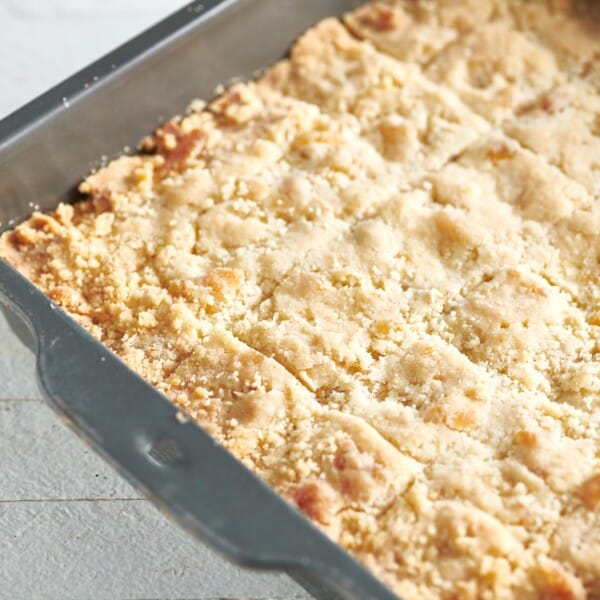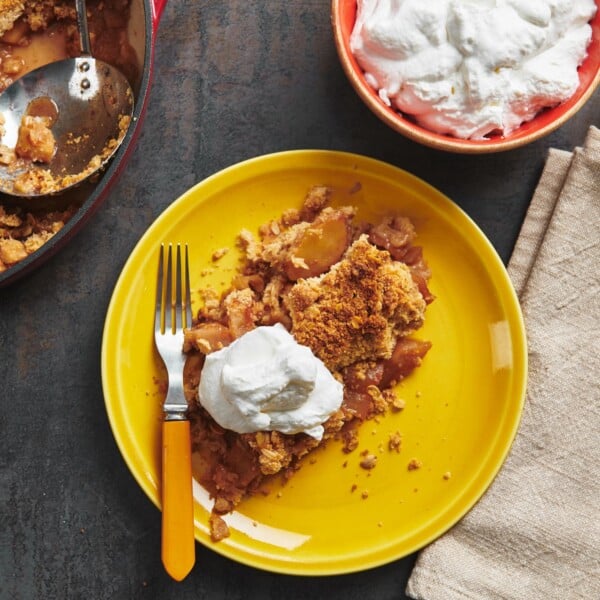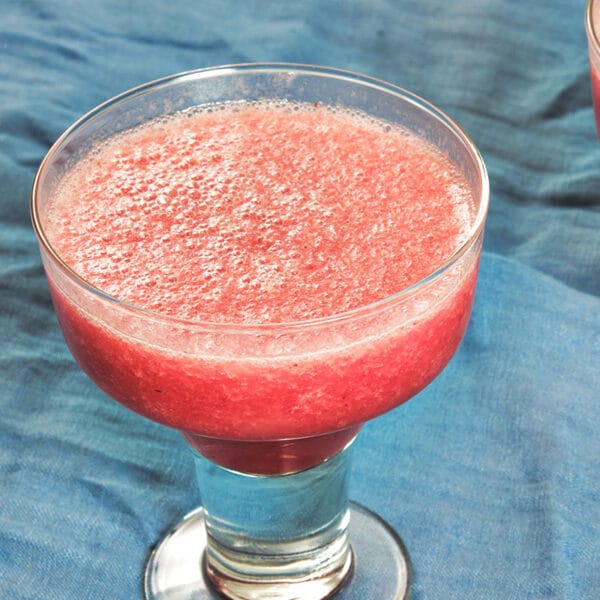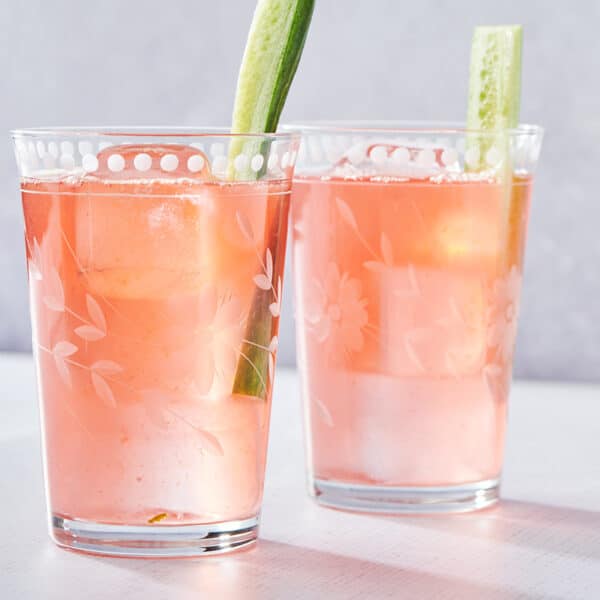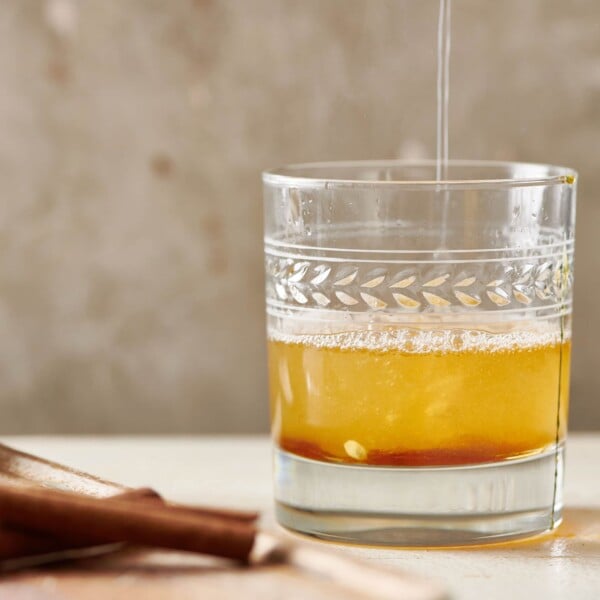Coquito
on Dec 01, 2023, Updated Nov 05, 2024
This post may contain affiliate links. Please read our disclosure policy.
Creamy and coconutty and boozy, this Puerto Rican Eggnog (without the egg!) is a holiday staple that turns a gathering into a party.

Coquito is a creamy, boozy, rum-based, coconuty drink beloved in Puerto Rico, where it was invented, and is imbibed during the holidays, especially on Christmas and New Year’s. Coquito means ”little coconut” in Spanish and is sometimes referred to as Puerto Rican eggnog, but this recipe doesn’t include raw eggs. It’s as much a classic part of the holidays as a meal of Pernil and Arroz con Gandules.
When I served this to a bunch of friends, everyone wanted to try it and at first took a small glass and then promptly walked back over to the pitcher and refilled their glasses to the top. (It’s a great make-ahead big-batch pitcher drink for a crowd!) This is, in fact, one of those drinks that feels more like dessert, though it’s just perfect to sip on a chilly holiday evening. Serve it up alongside Easy Pumpkin Pie, as I did.
By signing up, you agree to our Privacy Policy.
This coquito recipe comes by way of my friend and fellow professional cook Guillermo Cruz. But it really comes from his mother, Carmen Cruz, who was kind enough to share it with me so I could share it with all of you.
What's In This Post?

FAQs
Coquito is a Puerto Rican drink traditionally made around Christmas and New Year’s. The main ingredient in the drink is coconut, which is why the drink is called coquito, or “little coconut.” The coconut milk is blended with other milks: coconut cream (the thicker, fattier version of coconut milk), condensed milk, and evaporated milk. The alcohol is added in the form of rum and amaretto. Then, warming wintry spices, including cloves, anise, cinnamon, and vanilla, are added. The resulting drink is super creamy and comforting!
The most common type of alcohol used in coquito is rum, and Carmen Cruz calls for that, plus amaretto, which is an almond liqueur. Amaretto is not always added to coquito, but it’s a nice little twist. If you don’t have amaretto, double the amount of rum. This is an ample but not a stupid amount of alcohol. Each 8-ounce glass has about 1 ounce of liquor and an alcohol content of around 5% ABV. The average coquito’s strength (using this recipe) is similar to a beer.
You can, of course, dial the amount of alcohol up or down. However, the booze plus the creaminess of the various milks is what gives this drink its complexity. So, can you skip it altogether for a virgin coquito? Sure, go for it.
Many people refer to coquito as “Puerto Rican eggnog” because the two drinks are both creamy and spiced. The main difference between the drinks is hinted at in their names: coquito is thickened and flavored by coconut, while eggnog contains eggs instead. The alcohol is also different: eggnog often contains brandy, while coquito usually contains rum. If you’re a fan of eggnog, I definitely recommend giving Coquito a try!
Ingredients
- Coconut milk – The coconut milk is heated with spices so that it gets infused with all their delicious flavor before mixing into the drink.
- Cloves – I have learned that cloves are actually dried flowers! It only makes me love them more.
- Star anise – This spice has a powerful flavor, so I only add 1 star anise.
- Cinnamon stick – Adds such a beautiful, rounded, warm spice.
- Coconut cream – The thicker, creamier version of coconut milk. Here, it adds thickness and body to the drink. Don’t use cream of coconut, which will make the drink too thick and too sweet since you’re adding sweetened condensed milk.
- Sweetened condensed milk – Makes this drink deliciously sweet and creamy.
- Evaporated milk – Adds more creaminess and smooths out the coconut flavor.
- Vanilla extract – I never need a reason to add vanilla to something sweet, but here, it really elevates all of the flavors in this drink.
- Ground cinnamon – More cinnamon! The ground cinnamon adds color and another layer of cinnamon flavor (is there a spice more reminiscent of the holidays?). You can also give each glass a final little sprinkle of cinnamon or nutmeg just before serving.
- Rum – I used Bacardi, but you can use any rum you like. Both white rum and aged rum would work. Maybe think about a flavored rum — vanilla rum would be excellent! Make sure it’s not a sweetened rum (many flavored rums are), or the drink will be too sweet unless you reduce one of the sweeter ingredients a bit.
- Amaretto – Adds a sweet, almondy flavor.
How to Make Coquito
- Infuse the coconut milk: Pour the coconut milk into a small pot and add the cloves, anise, and cinnamon stick. Heat over medium-high heat until bubbles form around the edges of the pot. Remove from the heat and let cool to room temperature. Strain out the spices.
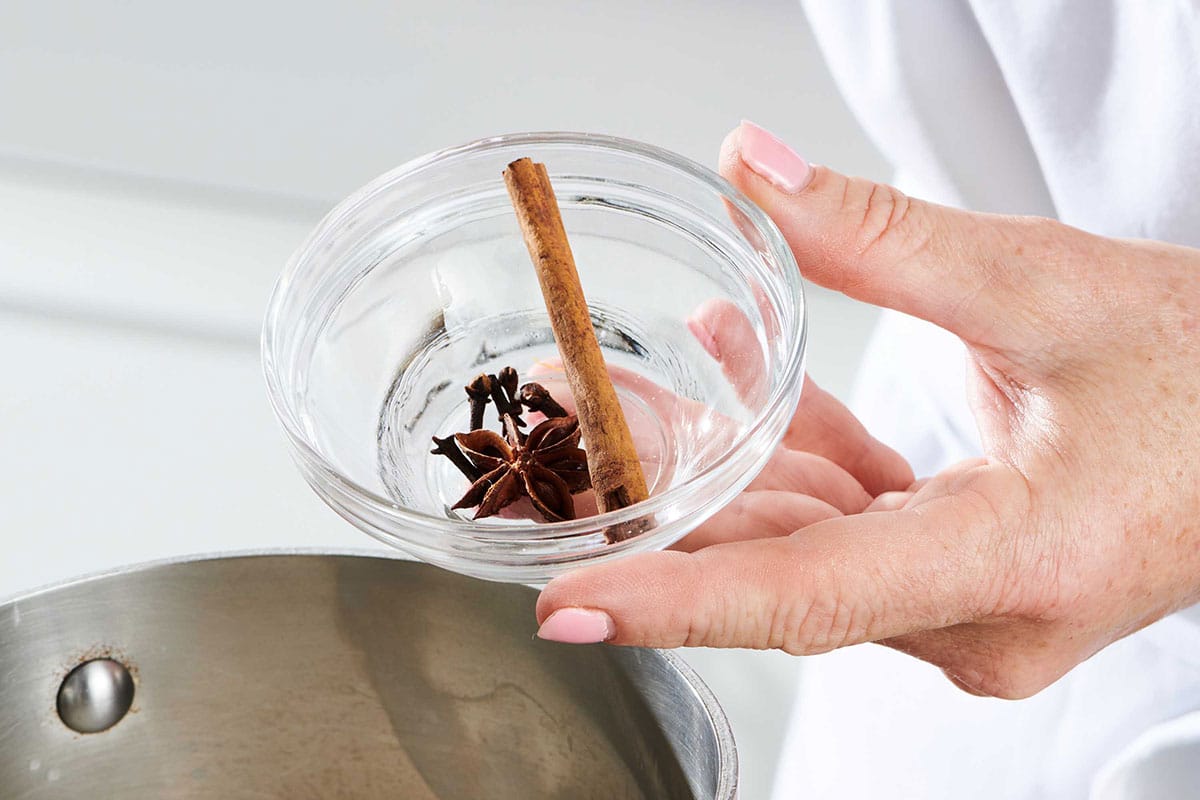
- Finish and chill: In a large pitcher, combine the infused coconut milk, coconut cream, condensed milk, evaporated milk, vanilla extract, and ground cinnamon. Stir in the rum and amaretto. Combine well and refrigerate for at least 2 hours.
- Serve: Serve chilled in glasses. Garnish with a cinnamon stick if desired.

Make Ahead
You can make this drink up to 3 days ahead of time and keep it covered in a pitcher in the fridge, making it perfect for holiday parties. Give it a good stir before serving.
Kitchen Smarts
To prevent your coquito from getting chunky, make sure to shake the cans of sweetened condensed milk and evaporate milk and coconut cream before pouring them in so that they are smooth and blended. Also, don’t allow the mixture to come to a full simmer or a boil; you just want to heat the milk until hot, with bubbles beginning to form around the edges of the pot. If your coquito does get chunky, just blend it up in a blender.
Tips
- Cover the coquito when storing so it doesn’t absorb other food odors from your refrigerator.
- Stir the coquito before serving to make sure it’s well blended.
What to Serve With Coquito
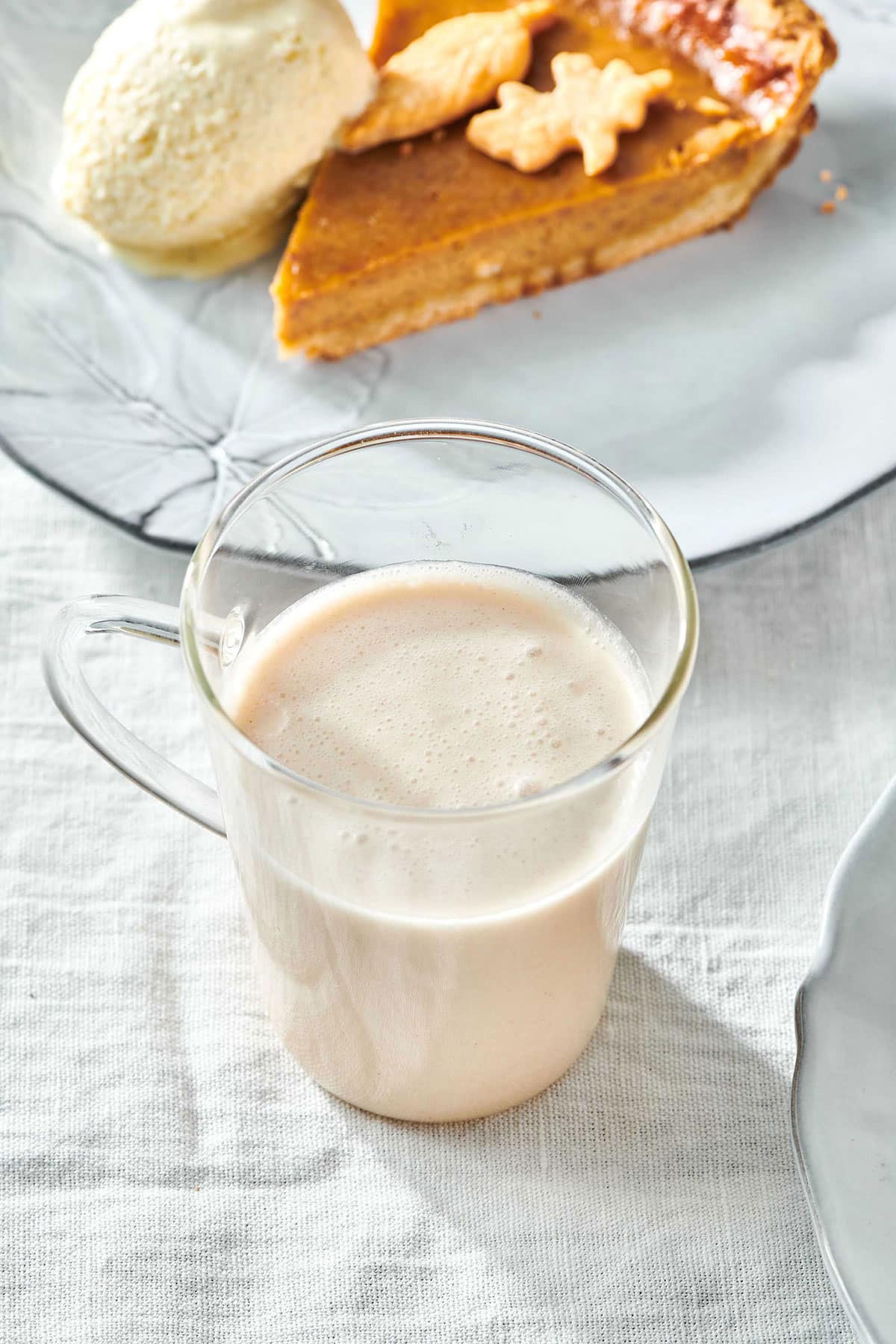
More Holiday Cocktail Recipes
Pin this now to find it later
Pin It
Coquito
Ingredients
- 1 (14-ounce) can coconut milk
- 5 whole cloves
- 1 whole star anise
- 1 cinnamon stick
- 1 (14-ounce) can coconut cream
- 1 (14-ounce) can condensed milk
- 1 (12-ounce) can evaporated milk
- 1 tablespoon vanilla extract
- ½ teaspoon ground cinnamon
- ½ cup rum (such as Bacardi)
- ½ cup amaretto
- Cinnamon sticks (to garnish, if desired)
Instructions
- Pour the coconut milk into a small pot and add the cloves, anise, and cinnamon stick. Heat over medium-high heat until bubbles form around the edges of the pot. Remove from the heat and let cool to room temperature. Strain out the cloves, anise, and cinnamon stick.
- In a large pitcher, combine the infused coconut milk, coconut cream, condensed milk, evaporated milk, vanilla extract, and ground cinnamon. Stir in the rum and amaretto. Combine well and refrigerate for at least 2 hours.
- Serve chilled in glasses. Garnish with a cinnamon stick if desired.
